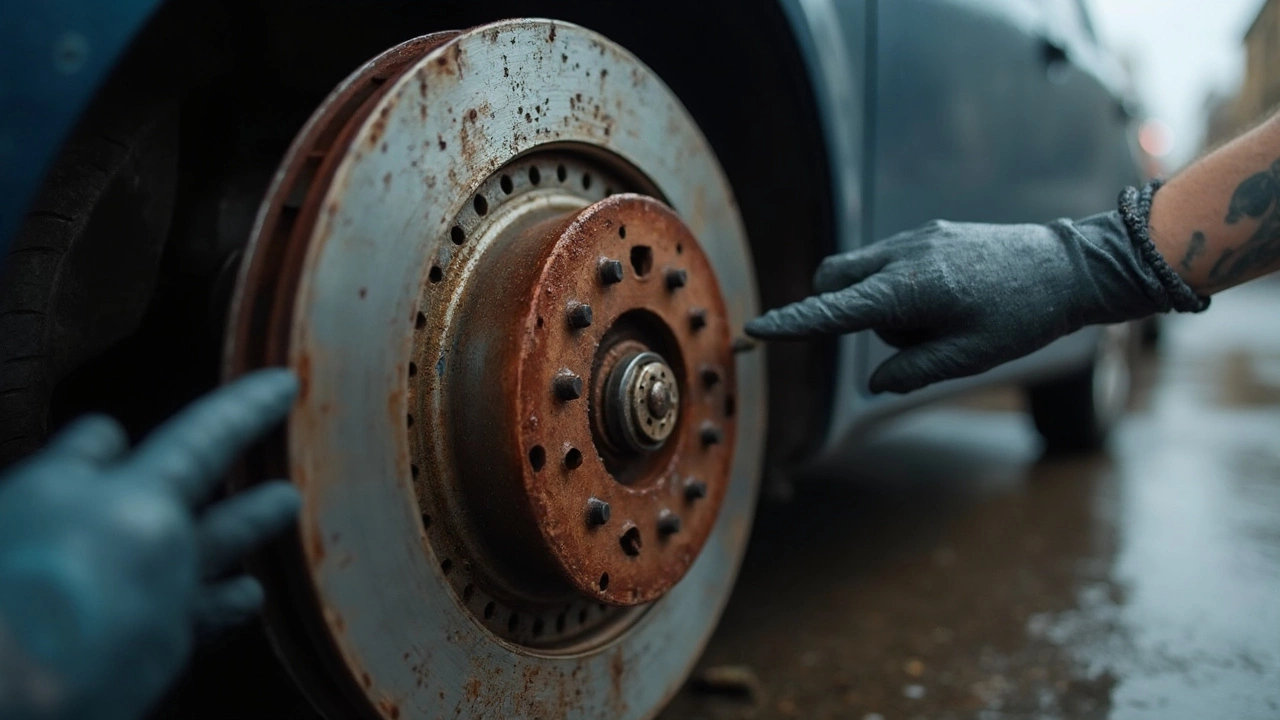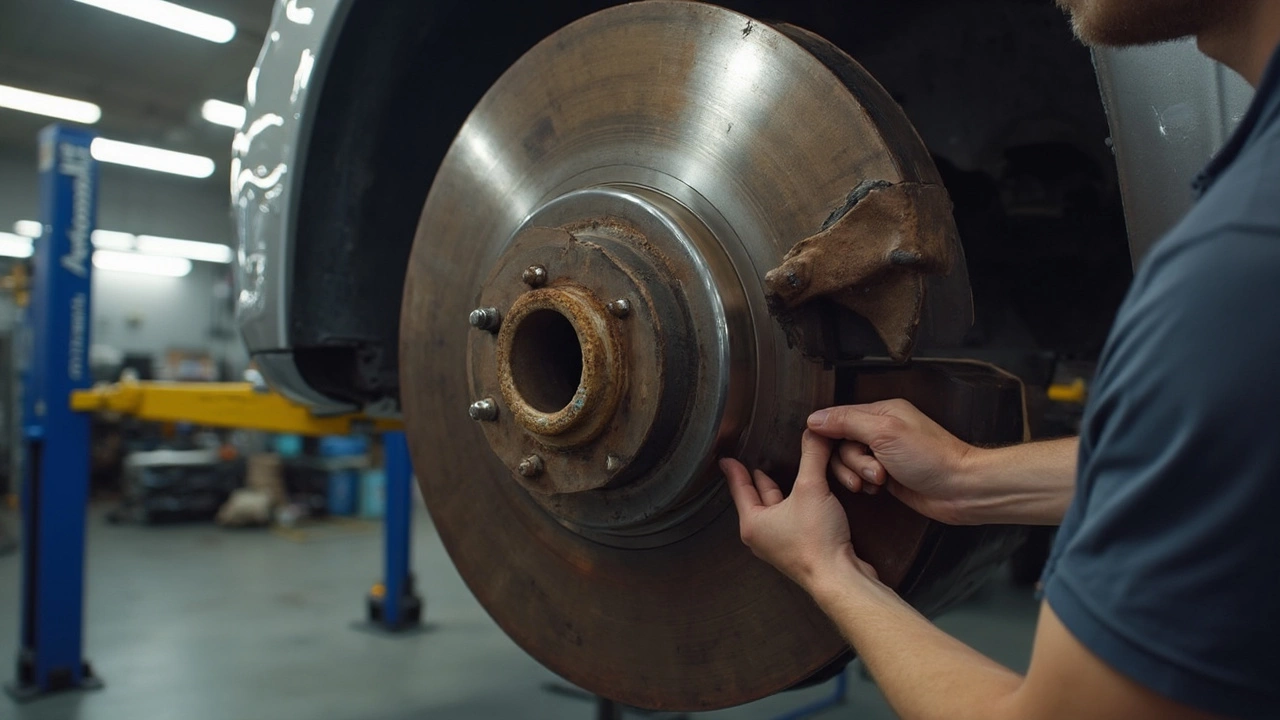Car Safety: Essential Tips and How‑to Guides
When thinking about car safety, the practice of keeping your vehicle and its occupants protected from accidents and failures. Also known as vehicle safety, it covers everything from braking power to engine reliability. Key components like the brake system, the set of pads, rotors and hydraulics that slow your car, the clutch system, the mechanism that connects engine power to the wheels in manual cars, and the suspension system, the network of shocks, springs and linkages that keep wheels in contact with the road all directly influence safety. Even something as small as a spark plug, the ignition component that sparks fuel combustion can become a safety risk if it misfires.
Car safety requires regular inspection of these parts because wear and failure often start silently. A worn brake pad may squeal, but the real danger appears when stopping distance lengthens. A slipping clutch can cause jerky acceleration, increasing the chance of loss of control on hills. Worn suspension bushings let the car wander in corners, making lane keeping harder. And a fouled spark plug can cause engine misfires, reducing power when you need it most—like merging onto a busy highway. In short, car safety encompasses brake system integrity, clutch reliability, suspension stability, and ignition health. Maintaining each piece means the whole vehicle stays safer.
Common Safety Checks You Can Do Today
Start with the brake system: look for pad wear indicators, listen for grinding, and feel for any pulsation when you press the pedal. Next, test the clutch by shifting through gears at low speed; any grinding or chatter signals a problem. Inspect the suspension by checking for uneven tire wear, excessive bounce, or clunking noises over bumps. Finally, pull a spark plug after the engine cools down; if it’s black, oily, or cracked, replace it before it affects ignition.
These quick checks give you a snapshot of how each subsystem contributes to overall safety. They also help you prioritize repairs before a minor issue turns into a costly breakdown. The articles below dive deeper into each topic—explaining mileage thresholds, warning signs, cost factors and DIY steps. Whether you’re a seasoned DIYer or just want to know when to call a professional, you’ll find the right guidance to keep your ride safe and reliable.
Ready to explore detailed guides on brake pads, clutch kits, suspension noises, spark plug health and more? Scroll down to discover hands‑on advice, cost breakdowns and step‑by‑step instructions that will help you stay ahead of safety issues before they hit the road.

Can You Drive a Car with Bad Rotors? Hard Truths About Worn Brakes
May 11 2025 / Brake PadsEver wondered if you can keep driving your car when the rotors are bad? This article breaks down what actually happens if you ignore worn rotors, why they matter, and what risks come with pushing your luck. You'll learn the real symptoms, hidden dangers, what repairs actually involve, and how long you can get away with it (spoiler: not long). If you're hearing squeaks or feeling shakes, don't wait until it's too late—we're giving you practical info to keep you, your wallet, and your car safe.
VIEW MORE
What Happens If I Replace Brake Pads but Not Rotors? The Real-World Impact on Your Brakes
Apr 27 2025 / Brake PadsEver wondered what really goes on if you swap out just your brake pads and skip replacing the rotors? This article breaks down exactly how mixing old rotors with new pads affects your stopping power, car safety, and wallet. You'll find no-nonsense tips for spotting when your rotors need attention, and get the honest lowdown on when you can skip the extra cost. Packed with practical advice, it's the guide every driver needs before heading to the garage.
VIEW MORE